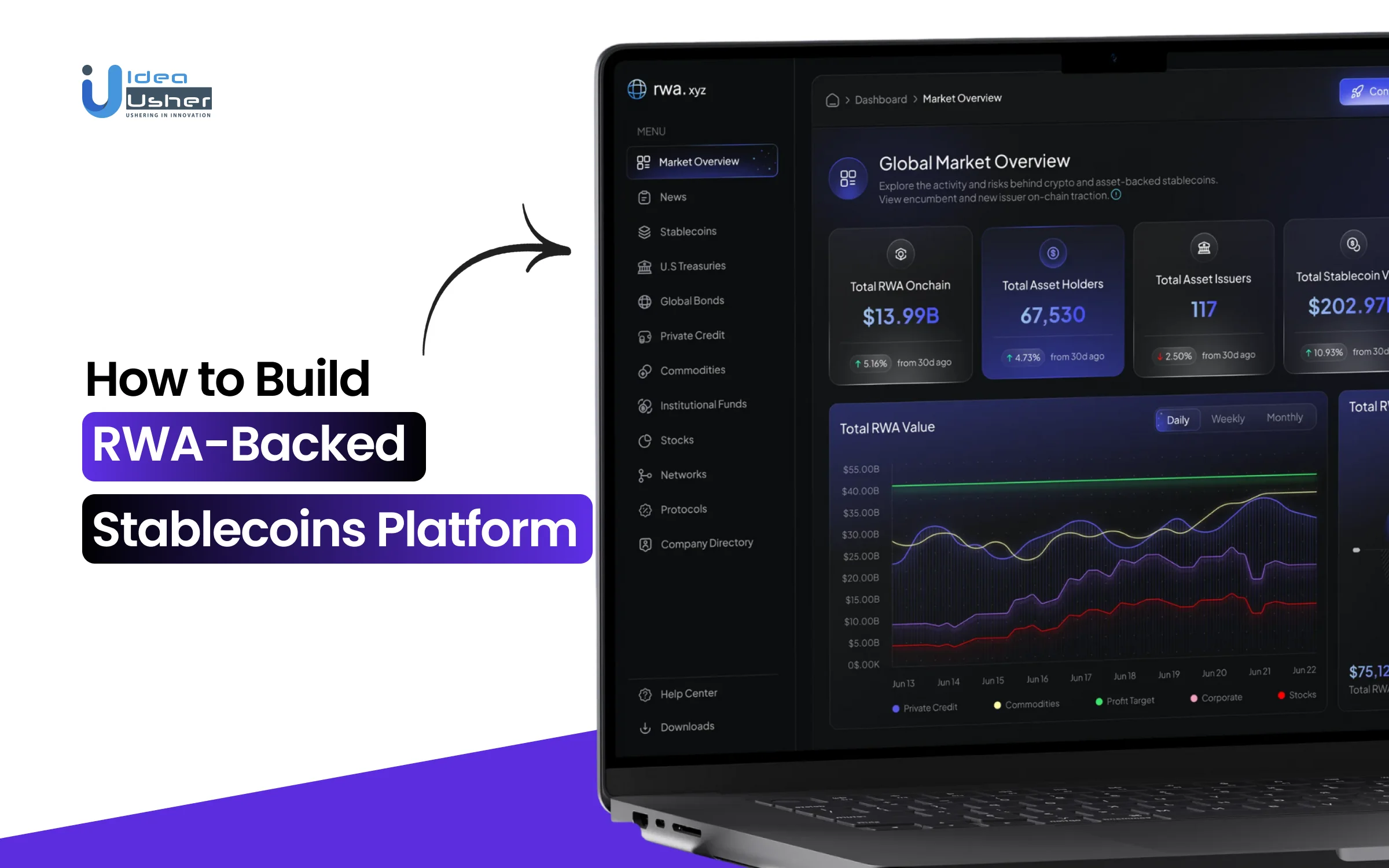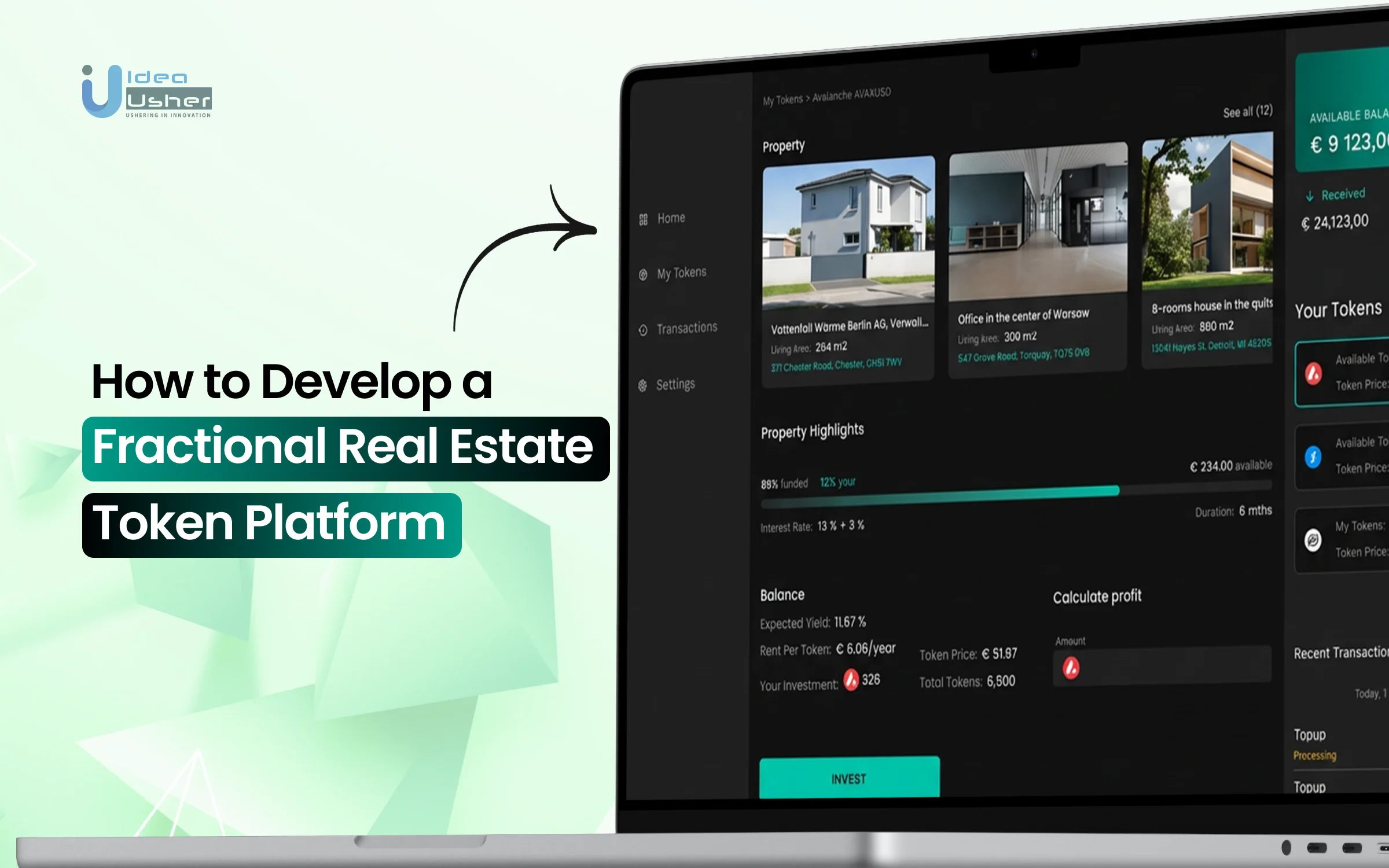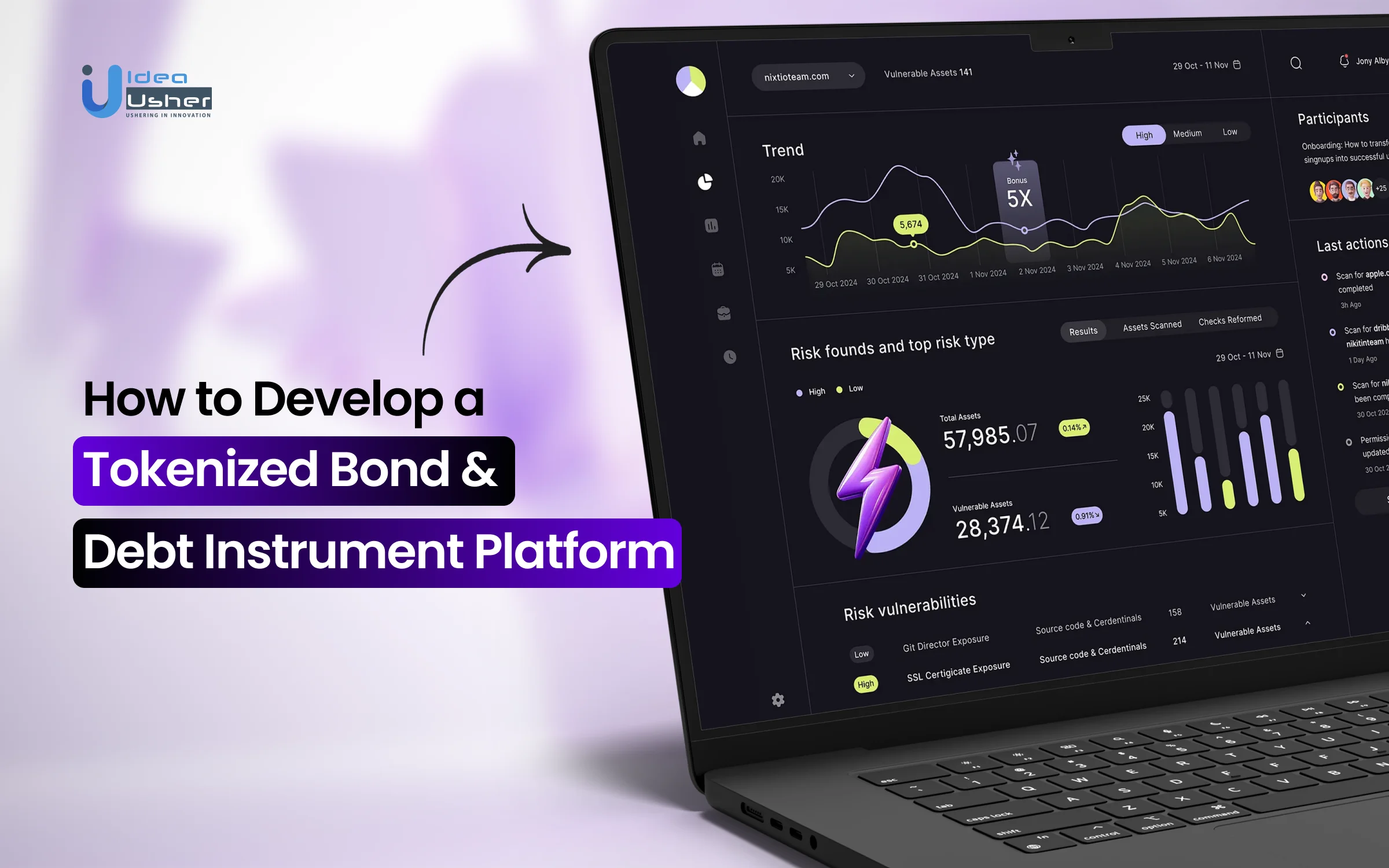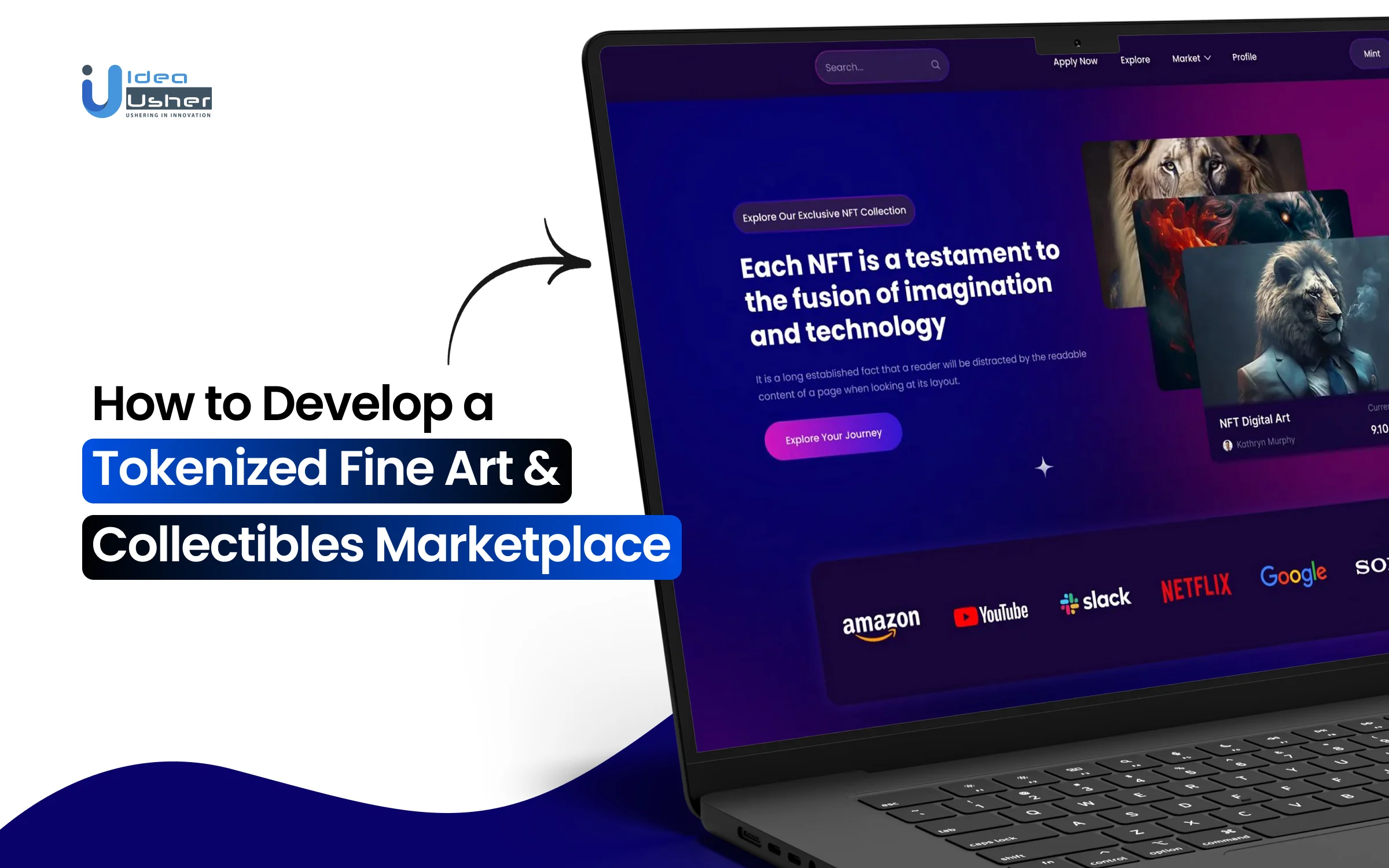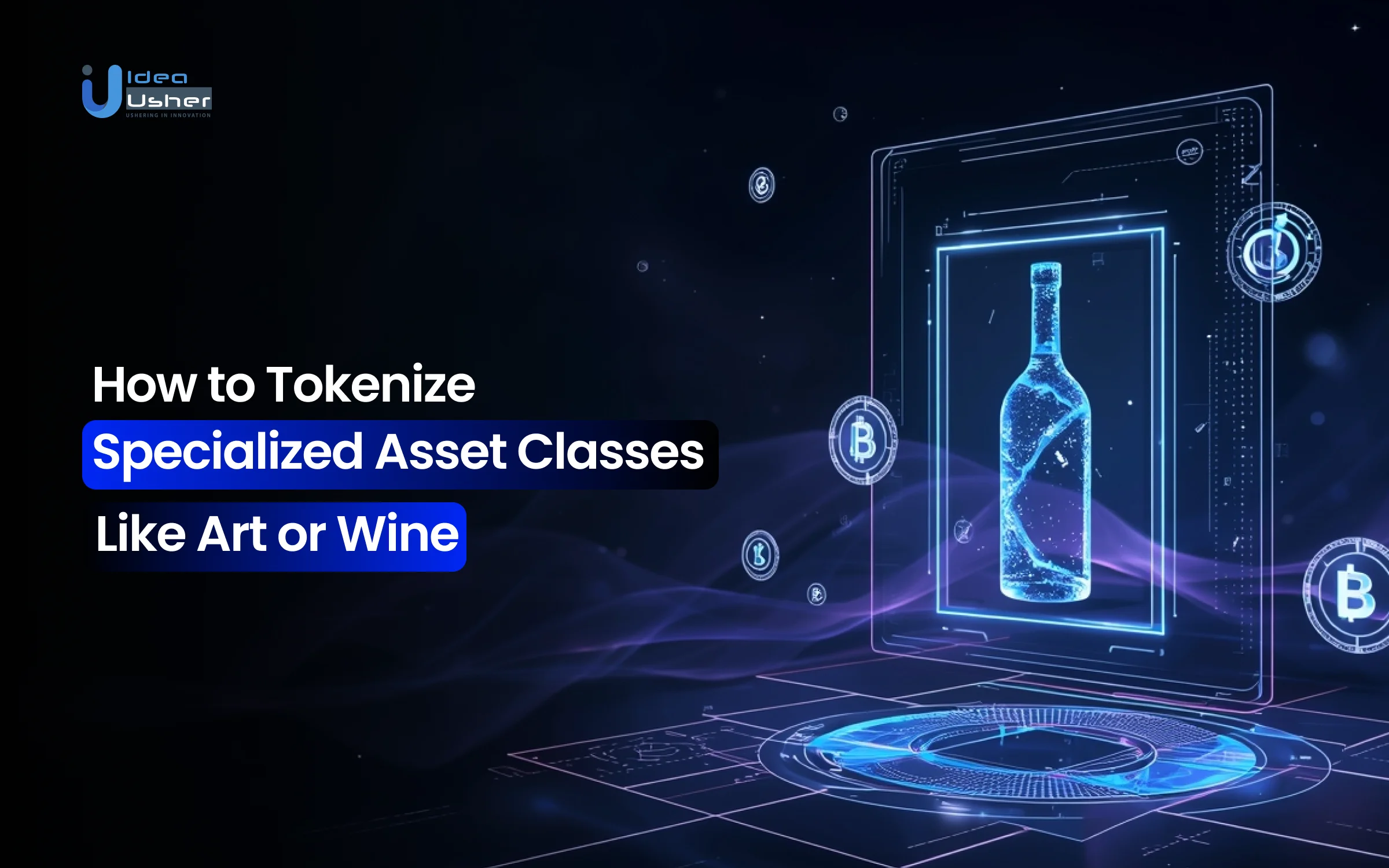Category: Blockchain Development
Quick Links
* Terms & conditions apply
Contact Us
- F 337, Industrial Focal Point, Phase 8B, Industrial Area, Sector 74, SAS Nagar, Punjab 160055
- SCF 98, Phase 11, Sector-67 Mohali, 160062
- [email protected]
- (+1) 628 432 4305
- F 337, Industrial Focal Point, Phase 8B, Industrial Area, Sector 74, SAS Nagar, Punjab 160055
- SCF 98, Phase 11, Sector-67 Mohali, 160062
- 651 N Broad St, Middletown, 19709, county New Castle Delaware, USA
- [email protected]
- (+1) 628 432 4305
HR contact details
Follow us on
© Idea Usher INC. 2025 All rights reserved.
